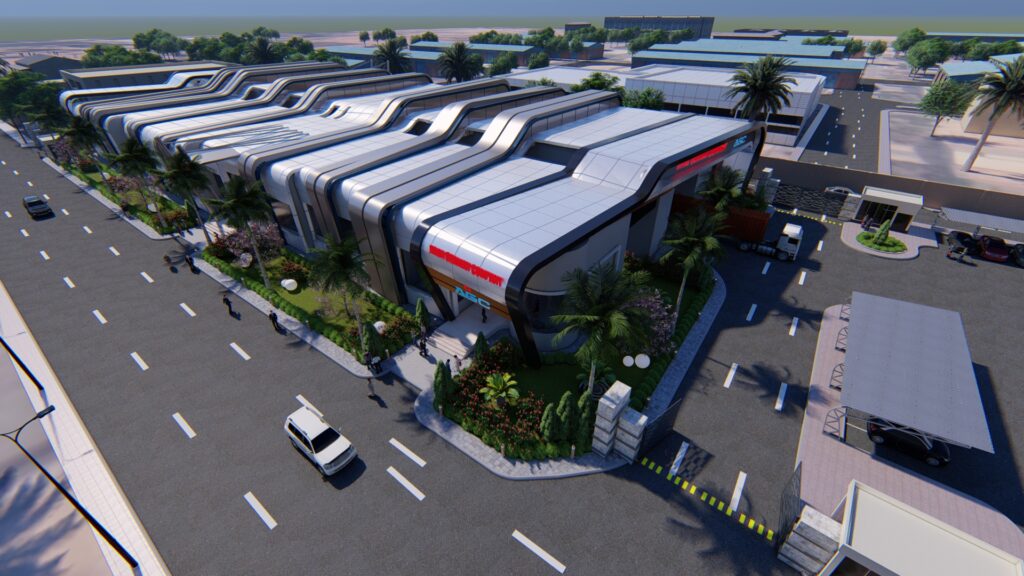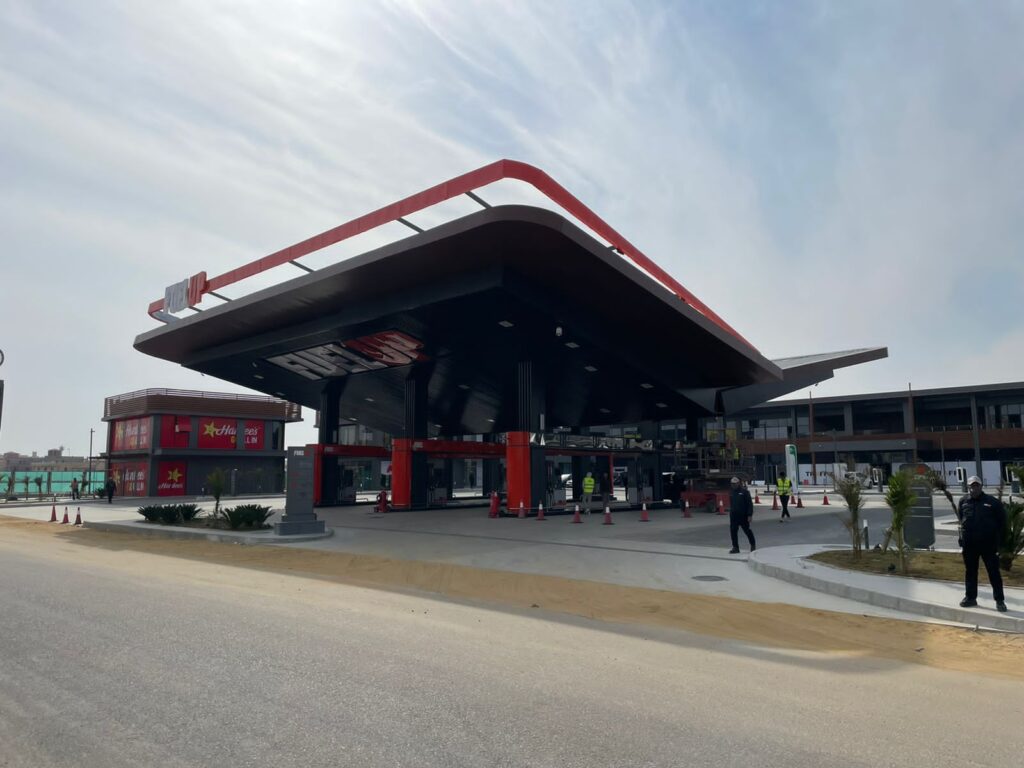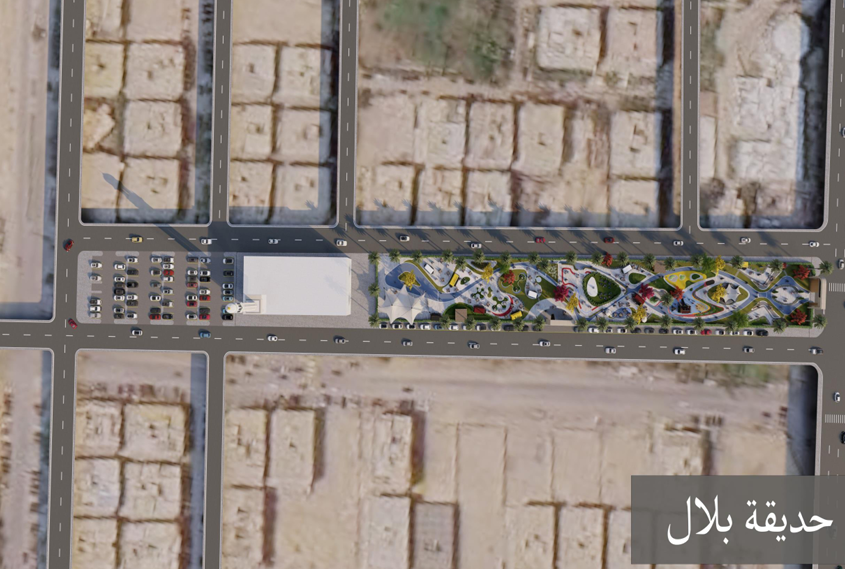Learn how effective risk management in engineering projects ensures success, safety, and efficiency. Discover key strategies and tools used by top engineering firms.
Understanding Risk Management
Risk management is the systematic process of identifying, assessing, and controlling risks that could potentially affect a project. In engineering, risks can stem from various sources, including technical failures, environmental factors, financial constraints, and human errors. By proactively addressing these risks, engineers can prevent costly delays, safety incidents, and project failures.
Key Components of Risk Management
Risk Identification:
- The first step in risk management is to identify potential risks that could impact the project. This involves a thorough analysis of the project scope, environment, and resources.
- Common risks in engineering projects include design flaws, material shortages, regulatory changes, and adverse weather conditions.
Risk Assessment:
- Once risks are identified, they must be assessed in terms of their likelihood and potential impact. This helps prioritize risks and allocate resources effectively.
- Risk assessment tools such as risk matrices and probability-impact charts are commonly used to evaluate and rank risks.
Risk Mitigation:
- Developing strategies to mitigate identified risks is essential for minimizing their impact. This can include redesigning project plans, securing alternative suppliers, or implementing additional safety measures.
- Contingency planning is also a key aspect of risk mitigation, ensuring that backup plans are in place if primary plans fail.
Risk Monitoring and Control:
- Continuous monitoring of risks throughout the project lifecycle is vital. This allows for timely detection of new risks and reassessment of existing ones.
- Regular risk reviews and updates to the risk management plan help ensure that risks are effectively managed as the project progresses.
Strategies for Effective Risk Management
Stakeholder Engagement:
- Engaging stakeholders early in the project helps identify potential risks from different perspectives. Their insights and feedback can be invaluable in developing comprehensive risk management plans.
- Open communication with stakeholders also ensures that they are aware of risks and understand the measures being taken to address them.
Use of Technology:
- Advanced technologies such as Building Information Modeling (BIM), IoT, and AI can enhance risk management by providing real-time data and predictive analytics.
- These tools enable engineers to anticipate potential issues, monitor project performance, and make data-driven decisions.
Training and Development:
- Providing regular training to project teams on risk management practices ensures that everyone is equipped to identify and respond to risks effectively.
- Building a culture of risk awareness and proactive risk management within the organization can significantly reduce the likelihood of project failures.
Documentation and Reporting:
- Maintaining detailed documentation of all identified risks, assessments, and mitigation plans is crucial. This not only helps in tracking progress but also provides valuable insights for future projects.
- Regular reporting to stakeholders ensures transparency and keeps everyone informed about the project’s risk status.
Conclusion
Risk management is an integral part of engineering project management. By systematically identifying, assessing, and mitigating risks, engineers can ensure that projects are completed safely, efficiently, and to the highest quality standards. At Effect Consultancy, we are committed to mastering risk management to deliver exceptional results for our clients. For more insights and updates on our risk management practices, stay tuned to Engineering Insights.
For expert advice on your coming project, contact Effect Consultancy to find out how they can help you.






















































































































































































